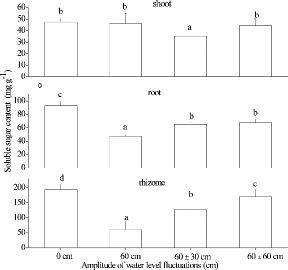Figures & data
Figure1. A graph of the experimental system with water depth (cm) on the y-axis. Each treatment was replicated three times in outdoor ponds (3.0 m long × 1.4 m wide × 1.5 m deep) and the water levels in the fluctuating depth treatments occurred every week.
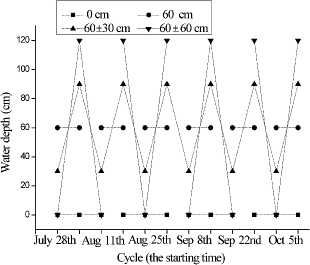
Table1 Water physical and chemical conditions during the experiment.
Figure2. Changes in mean blade length, shoot length, shoot number, and shoot width per pot over time in Acorus calamus subjected to four water-level fluctuation treatments (0 cm, 60 cm, 60 ± 30 cm, and 60 ± 60 cm). Each cycle was 2 weeks in duration.
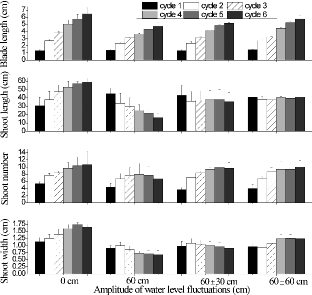
Figure3. Changes in total biomass and biomass allocation of Acorus calamus subjected to four water-level fluctuation treatments (0 cm, 60 cm, 60 ± 30 cm, and 60 ± 60 cm). All the values were means of triplicates ± SD. Different letters within a tissue category signify significant differences.

Figure4. Differences in mean ratio of root dry matter to shoot dry matter production (R:S, top panel), mean fractional number of chlorotic leaves (yellow leaf ratio, middle panel), and mean relative growth rate (RGR, bottom panel) in Acorus calamus subjected to four water-level fluctuation treatments (0 cm, 60 cm, 60 ± 30 cm, and 60 ± 60 cm). Error bars represent 1 SD. Different letters within a graph indicate significant differences among treatments.
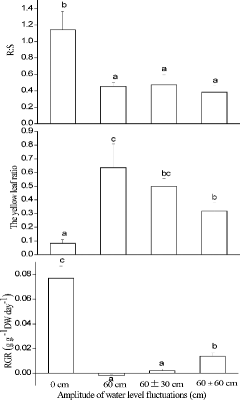
Figure5. The length, diameter and number of rhizomes in Acorus calamus subjected to four water-level fluctuation treatments (0 cm, 60 cm, 60 ± 30 cm, and 60 ± 60 cm). All the values were means of triplicates ± SD. Different letters within a graph indicate significant differences among treatments.

Figure6. The length, diameter and number of roots in Acorus calamus subjected to four water-level fluctuation treatments (0 cm, 60 cm, 60 ± 30 cm, and 60 ± 60 cm). All the values were mean of triplicates ± SD. Different letters within a graph indicate significant differences among treatments.
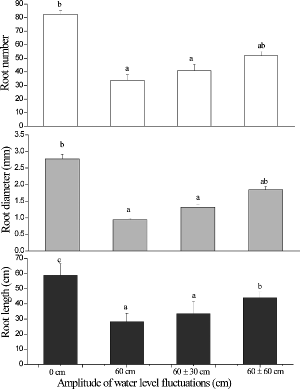
Figure7. Effects of four water-level fluctuation treatments (0 cm, 60 cm, 60 ± 30 cm, and 60 ± 60 cm) on tissue proline and MDA concentration in Acorus calamus for each two-week cycle. All the values were means of triplicates ± SD.
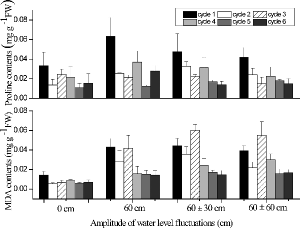
Figure8. Effects of four water-level fluctuation treatments (0 cm, 60 cm, 60 ± 30 cm, and 60 ± 60 cm) on chlorophyll a content in Acorus calamus. All the values are means of triplicates ± SD.
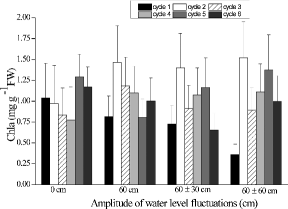
Figure9. The soluble sugar concentrations of shoot, rhizome, and root in Acorus calamus in four water-level fluctuation treatments (0 cm, 60 cm, 60 ± 30 cm, and 60 ± 60 cm). All the values were means of triplicates ± SD. Different letters within a graph indicate significant differences among treatments.
